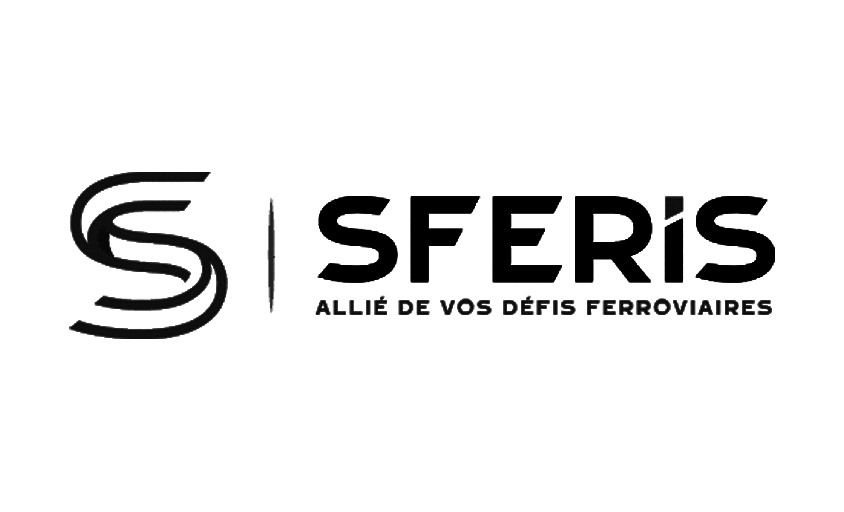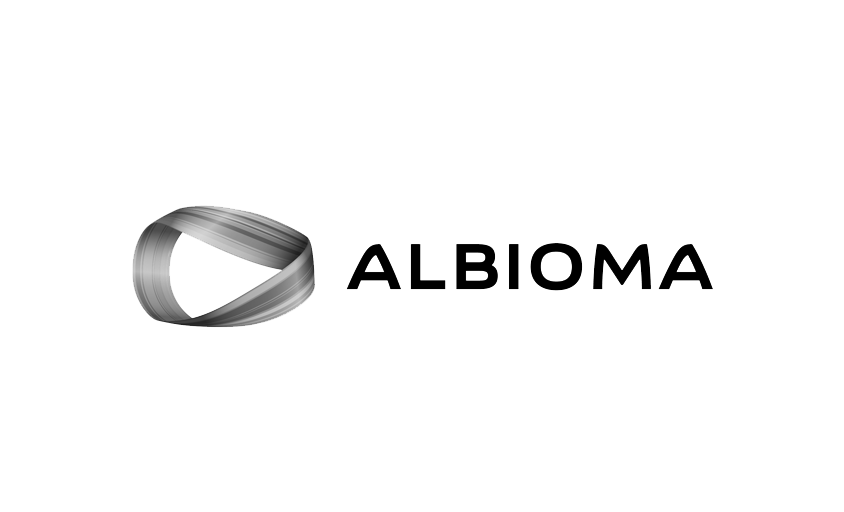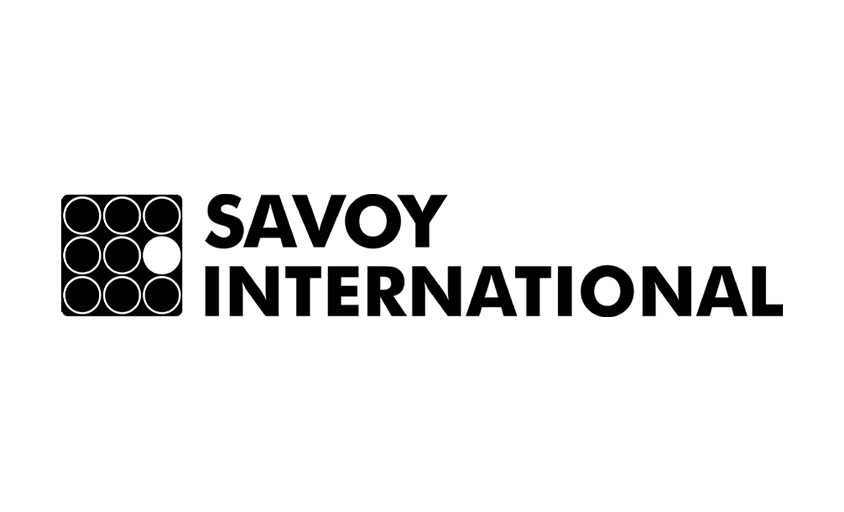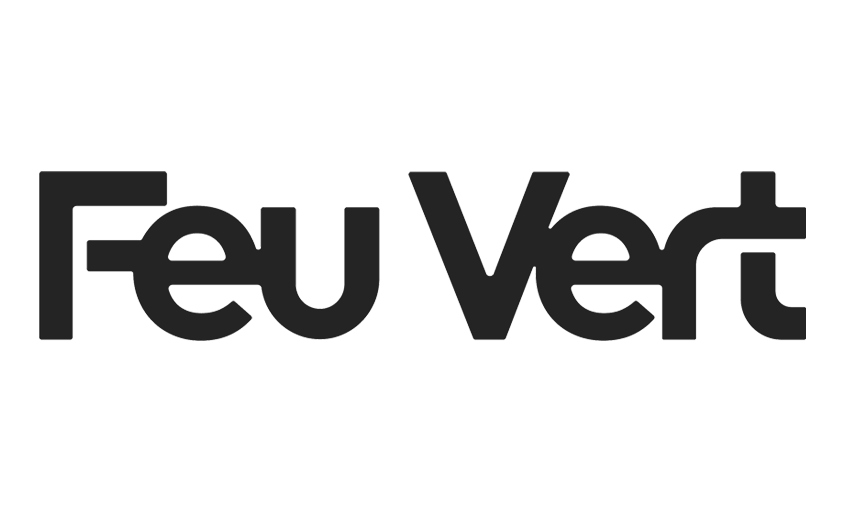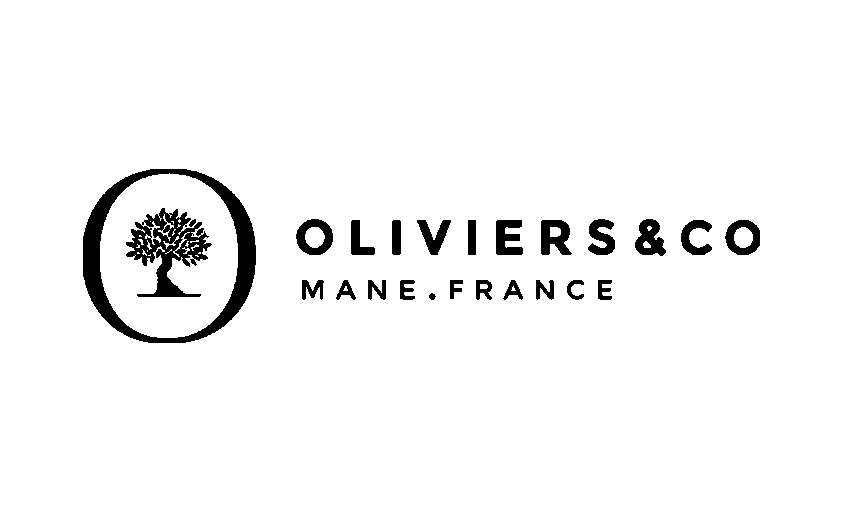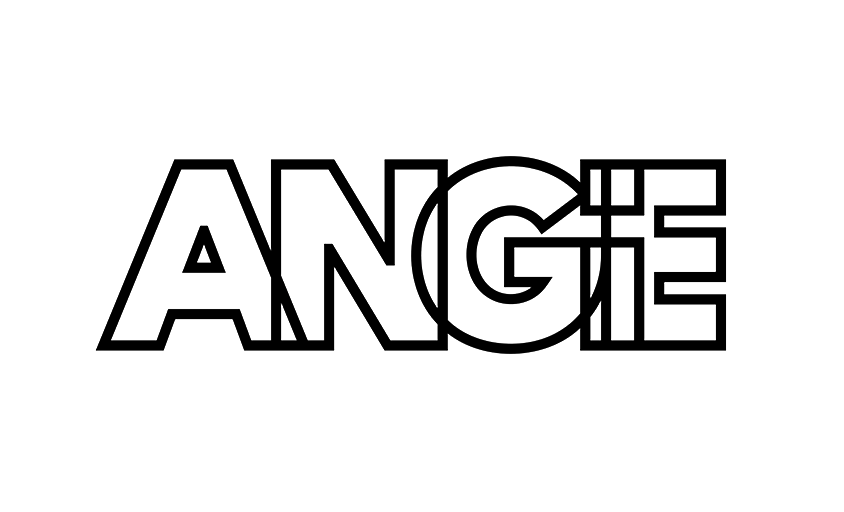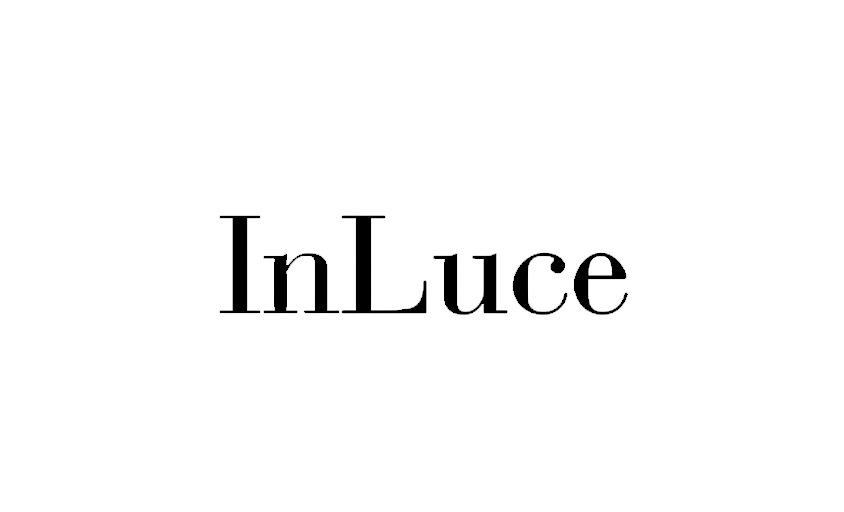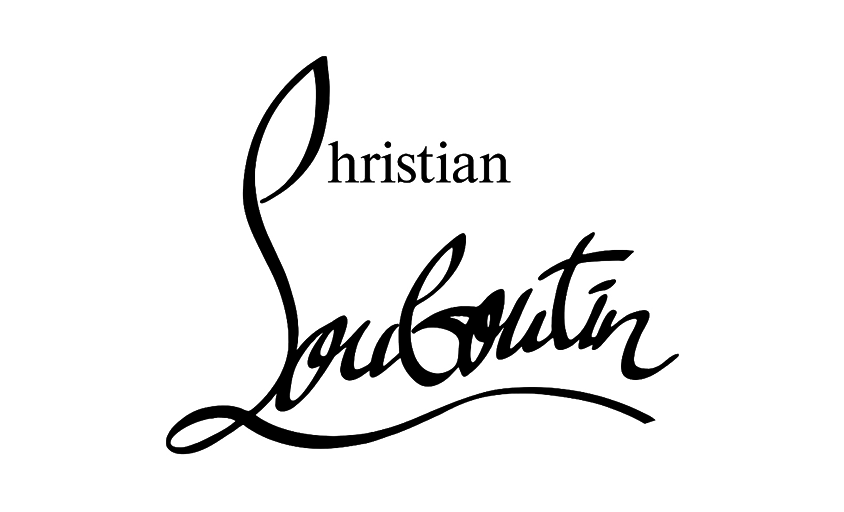The Photography Assistant: The Photographer’s Right-Hand Person
In this article :
The role of a photography assistant is often seen as secondary to that of the lead photographer, but in reality, it is essential to the success of any professional shoot. Tasked with preparing, organizing, and supporting the photographer, the assistant plays a key role in ensuring each project runs smoothly.
This article explores the responsibilities, required skills, and career opportunities for those looking to pursue this exciting profession.
1. What Is a Photography Assistant?
A photography assistant is a professional who supports the main photographer during photo shoots. Their role goes far beyond simply handling equipment, they help prepare the session, set up the scene, adjust lighting, and ensure everything is in place so the photographer can focus on creativity.
A photography assistant must be responsive, organized, and technically skilled. They can work across various photography sectors, such as fashion, product, portrait, or event photography.
2. The Photography Assistant’s Responsibilities
The assistant’s tasks may vary depending on the type of shoot and the photographer’s needs, but they generally include:
Preparing the Equipment
The assistant is in charge of getting all equipment ready before the session. This includes checking cameras, lenses, batteries, and memory cards. A good assistant knows the gear inside out and how to handle technical issues.
Managing the Lighting
One of the assistant’s most critical responsibilities is setting up and adjusting lighting. Since lighting is fundamental in photography, the assistant must be proficient with various light sources (flash, softboxes, reflectors, etc.) to achieve the desired effect.
On-Set Assistance
During the shoot, the assistant organizes props, helps move models, and manages the scene setup. They ensure quick adaptations to any changes and maintain optimal shooting conditions.
Responsiveness and Adaptability
A good assistant anticipates the photographer’s needs, adjusting the framing, moving an object, or tweaking the lights as needed. They must be quick, proactive, and discreet to avoid disrupting the photographer’s creative flow.
3. Key Skills for Photography Assistants
This role requires a blend of technical know-how, organization, and interpersonal skills. Some of the most important include:
Technical Skills
An assistant must understand photography gear and the basics of composition, exposure, and lighting. They should also be able to adjust camera settings based on the photographer’s direction.
Organizational Skills
The lead photographer should be able to rely on the assistant to ensure everything is ready before, during, and after the shoot. The assistant needs to be methodical, efficient, and able to multitask, often under time pressure.
Communication and Team Spirit
Assistants often collaborate closely with the photographer, stylists, models, and other creative professionals. Good communication and teamwork are essential, along with the ability to follow instructions and remain flexible.
Adaptability and Quick Thinking
Every shoot is different, and the assistant must be ready to handle unexpected issues and solve problems on the fly, whether they’re technical or logistical.
4. Career Opportunities
Working as a photography assistant is a great stepping stone into the photography industry. It offers a chance to learn from experienced photographers and get behind-the-scenes experience on professional productions.
Becoming a Lead Photographer
Many assistants go on to become photographers themselves. Their deep understanding of both creative and technical aspects gives them a solid foundation to build their own careers, often with an existing network of industry contacts.
Other Paths
Experienced assistants may also evolve into lighting specialists, studio managers, or even art directors, depending on their interests and experience.
5. How to Become a Photography Assistant
There’s no single official path to becoming an assistant, but several routes can lead there:
- Photography Studies: Many schools offer training that includes hands-on internships, a great way to gain assistant experience.
- On-the-Job Experience: Many assistants start by helping photographers with projects or working at events. Passion and motivation are crucial assets.
- Networking and Collaboration: Like many creative professions, networking is key. Assistants can gain visibility by collaborating with photographers and joining online photography communities.
Conclusion
Photography assistants are an essential part of any professional photo production. With technical knowledge, organizational skills, and a strong sense of adaptability, they play a direct role in producing high-quality images. If you’re interested in a photography career, starting as an assistant is a great way to learn the ropes and experience the industry from the inside.
At Rétines, we understand how vital every team member is to a project’s success. If you’re passionate about imagery and want to learn more about teamwork in photography, feel free to reach out to us.
Jérémy Carlo is the editorial director at Rétines, where he ensures the consistency and clarity of all content produced by the studio.
Our Clients
Let’s discuss
What we do for you at Rétines
Meticulous work, an organised project and fast delivery. And to achieve this, we mobilise the right resources in our teams at the right time.
01
Pre-production
Artistic and technical direction tailored to the project.
Relevant recommendations on content, form and resources.
02
Photo Shooting
Photos taken by our experienced photographers.
Production that’s controlled, efficient and tailored to the needs of the project, with nothing superfluous.
03
Retouching
Technique
Photographs magnified by our retouching team.
Post-production to meet the commercial challenges of the brief.


